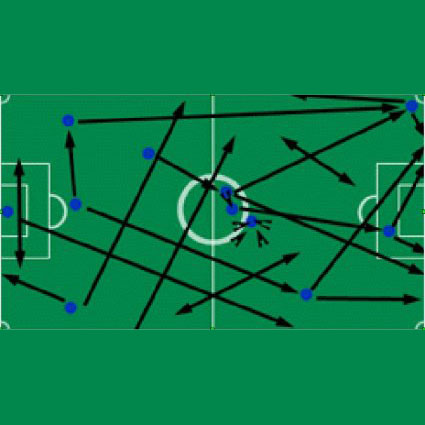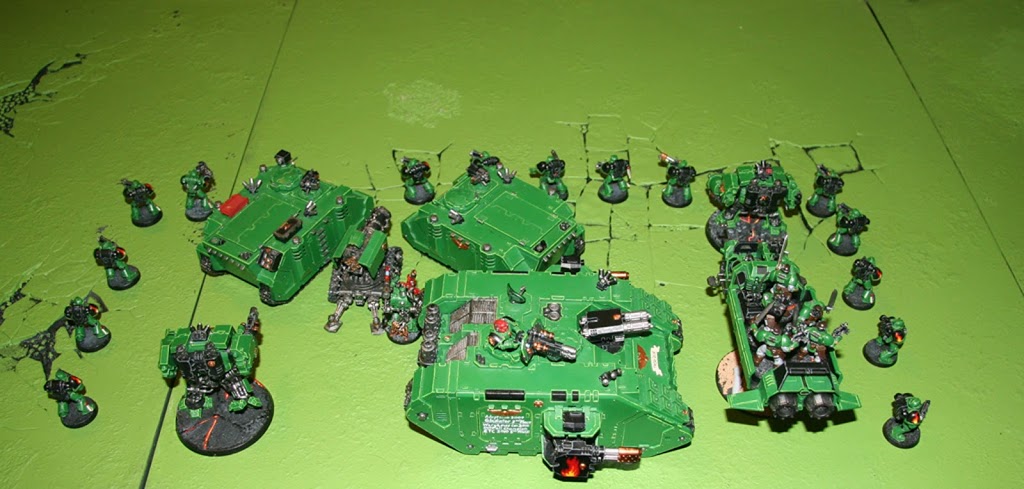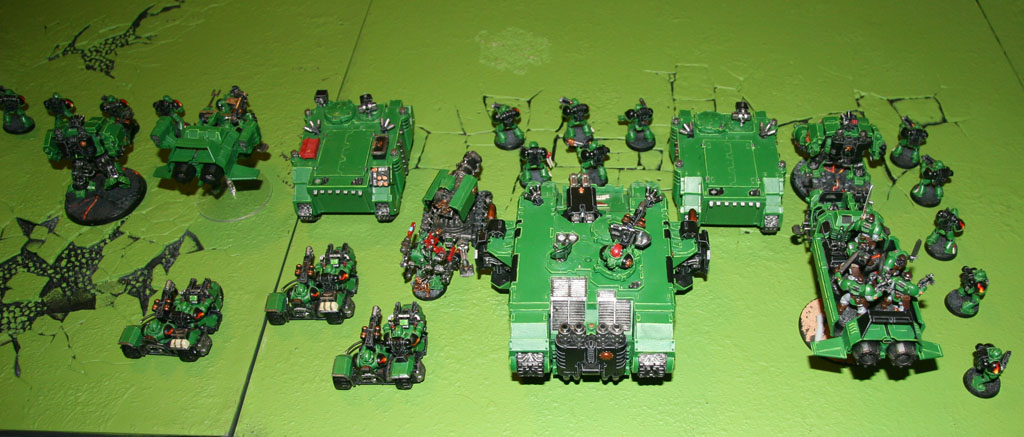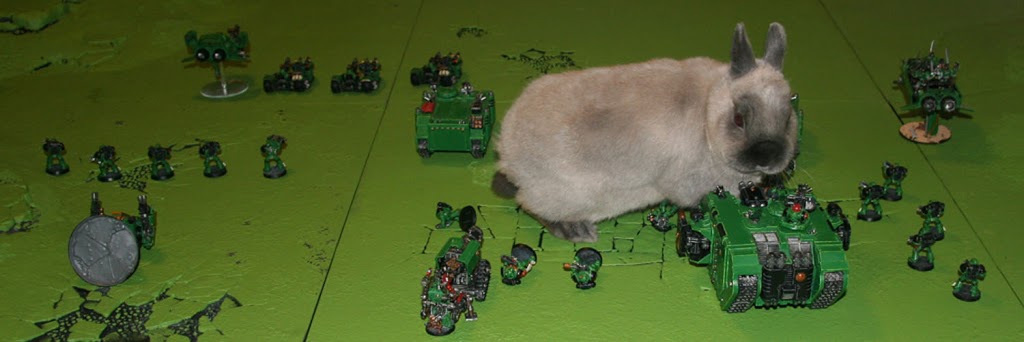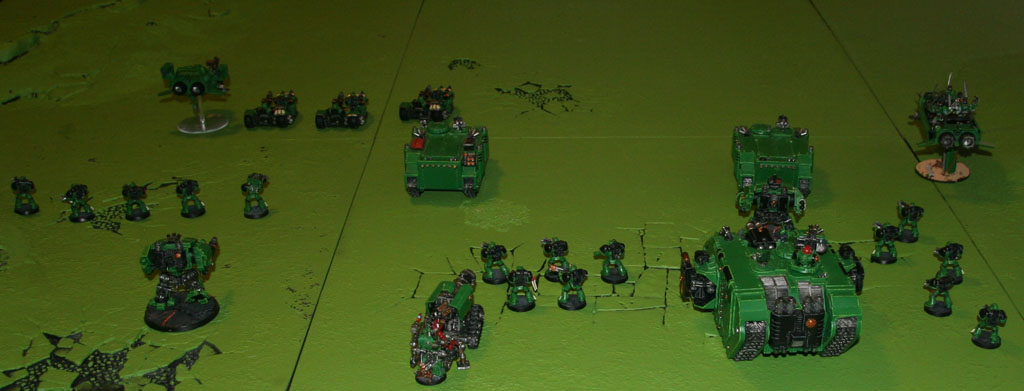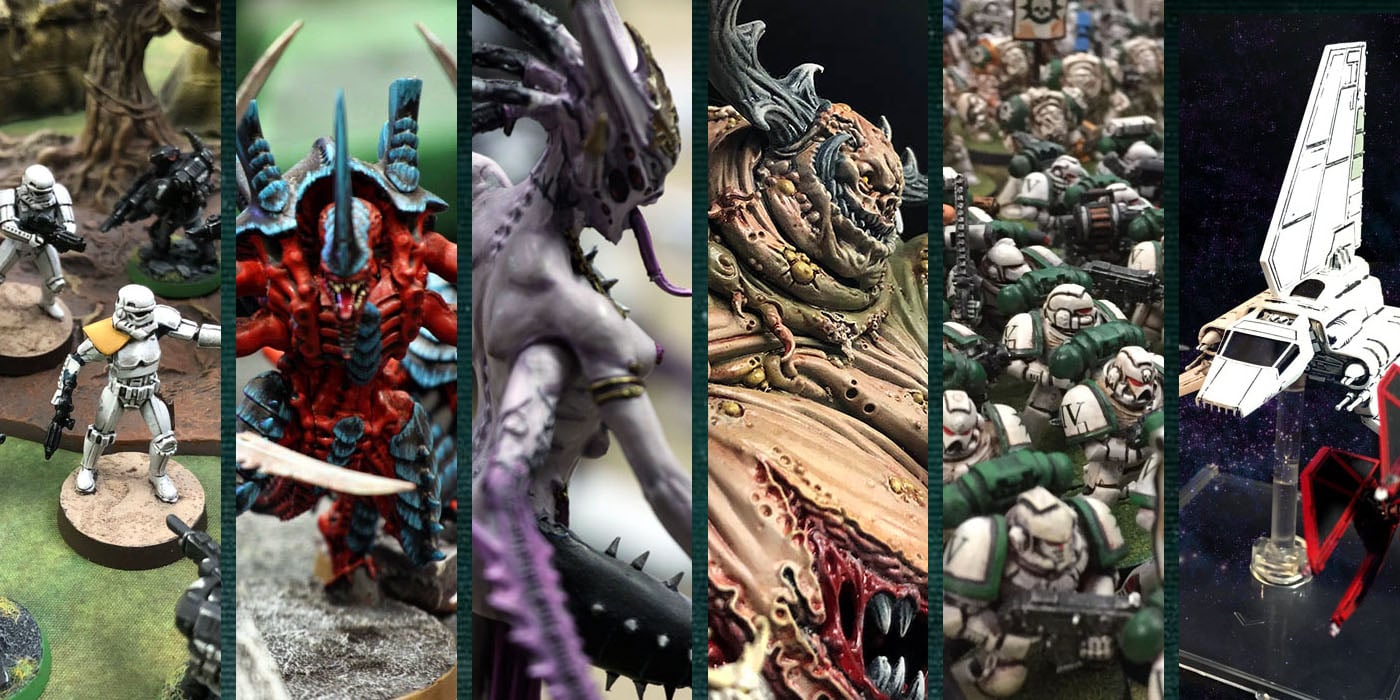Spacecurves’ Tactics Class: Deployment Strategy
4 Minute Read
Oct 25 2010

Advertisement
Hello everyone and welcome to another Spacecurves’ Tactics Class, where you learn practical tactics you can use in your games.
Today the name of the article is a bit misleading, because I’ll be discussing strategy, not tactics. I will discuss two deployment strategies which can be used to counter deep striking enemy forces.
Deployment is crucial to skillful play. How both sides deploy will determine the flow of the entire game. Deploying your army is part of your strategy, your overall plan of how you’ll win the game. (as opposed to tactics, which are specific maneuvers you perform at specific points of the game) Because of this, deployment can be very hard to quantify. The correct decisions depend on many variables, and it is very difficult to teach someone ahead of time how to deploy without knowing the scenario, the terrain, and the army lists. There are however some general types of deployment that are useful to know. Many of these have names which are buzzwords often thrown around as parts of other discussions, but many players know a buzzword without actually knowing what it means.
Deployment Strategy: “Circle the Wagons”
When do you use it?: When the enemy is mostly or entirely deepstriking their forces, and they have powerful close range shooting, typically lots of meltaguns. Enemies you’d want to use this against include: Daemons, Drop Pod Marines, and Blood Angels that are mostly using DOA.
How do you use it?: Deploy your army in a tight group, with your most important units as protected as possible.
|
Picture 1: Circling the wagons
|
In Picture 1 above you can see an example of this deployment type. I have deployed my Salamanders army to defend against an enemy deep striking force. My more expendable units (tactical marines) are on the outside of the wagon circle. I have ensured that no one can land within 6 inches of my Land Raider “Trogdor”, so no melta guns can fry him.
The idea is to “take the punch” with your exterior units, and then counterattack all at once with your elite units. In the above picture my Land Raider is ready to deliver the terminators inside to counter attack wherever the enemy lands to attack my forces. The dreadnoughts are evenly spaced in my deployment, so that wherever the enemy lands he has to worry about getting charged by one. If the scenario allows it, use a table corner to cover two sides of your defensive formation.
This formation is the classic defense to deep striking enemies.
Deployment Strategy: “Playing Outfield”
When do you use it?: When the enemy is mostly or entirely deepstriking their forces, and they are vulnerable to deep-strike mishaps. This works best against Daemons and deepstriking blood angels. It is an alternative strategy to the “circle the wagons” deployment, which can also be used effectively against these armies.
How do you use it?: Deploy your units to cover as much of the board as possible. The idea is to restrict the areas in which the enemy can safely land.
|
Picture 2: Getting ready to chase some fly’s
|
Picture 2 shows a beginning “Playing Outfield” deployment. It looks pretty normal, the only unique feature is that my army is set up to split in every direction at once. This is the opposite philosophy to the circle the wagons deployment. In the previous strategy you huddled up and took the punches before counter attacking, when you’re playing outfield you want to spread out and deny the enemy initial drop zones. This will probably fo….oh what the!!
|
Fluffy Bunny Attack!
|
It’s our pet rabbit, Zergling! I hate it when fluffy bunnies interrupt me when I’m trying to teach a class. He just has no appreciation for the joy and beauty of skillful play. Stop being a scrub Zergling, get out of here!
Now, where was I? Right, back to playing outfield.
|
Picture 3: Going long for the catch
|
Let us assume your opponent doesn’t have anything on the board during your first movement phase. (remember, this is all about countering deep striking armies) Use your first move to spread out your forces across the board. You want to deny the enemy safe spots to land, and try to force him to split up his army. In the above picture I’m trying to tempt the enemy to land in between my two Rhinos by leaving an open spot there. If the bad guys come down there, my entire army can jump them next turn. Also note that my fast units are the furthest forward (no surprise of course) this means that if my opponent is playing an army like daemons, which are better than me in close combat, after they drop down I can fall back with my fast units, leaving them with a long walk through lots of fire to get into assault.
Homework Question: When “Playing Outfield” what else should I do during my first movement phase to blunt the enemy’s initial attack?
Class Dismissed! I hope you learned something you can apply to your next 40k game.
-Spacecurves
Author: Guest Columnist
Advertisement

